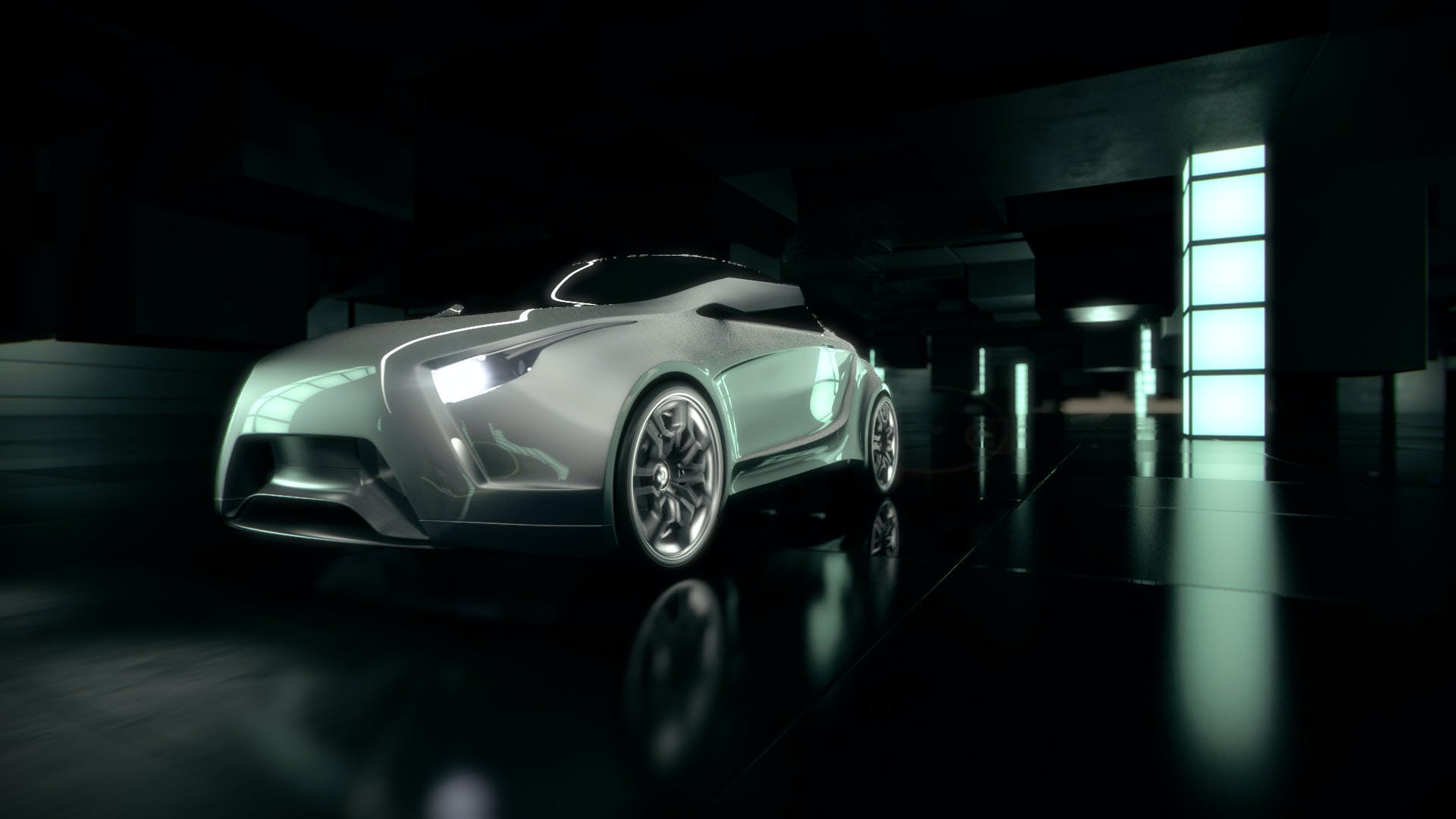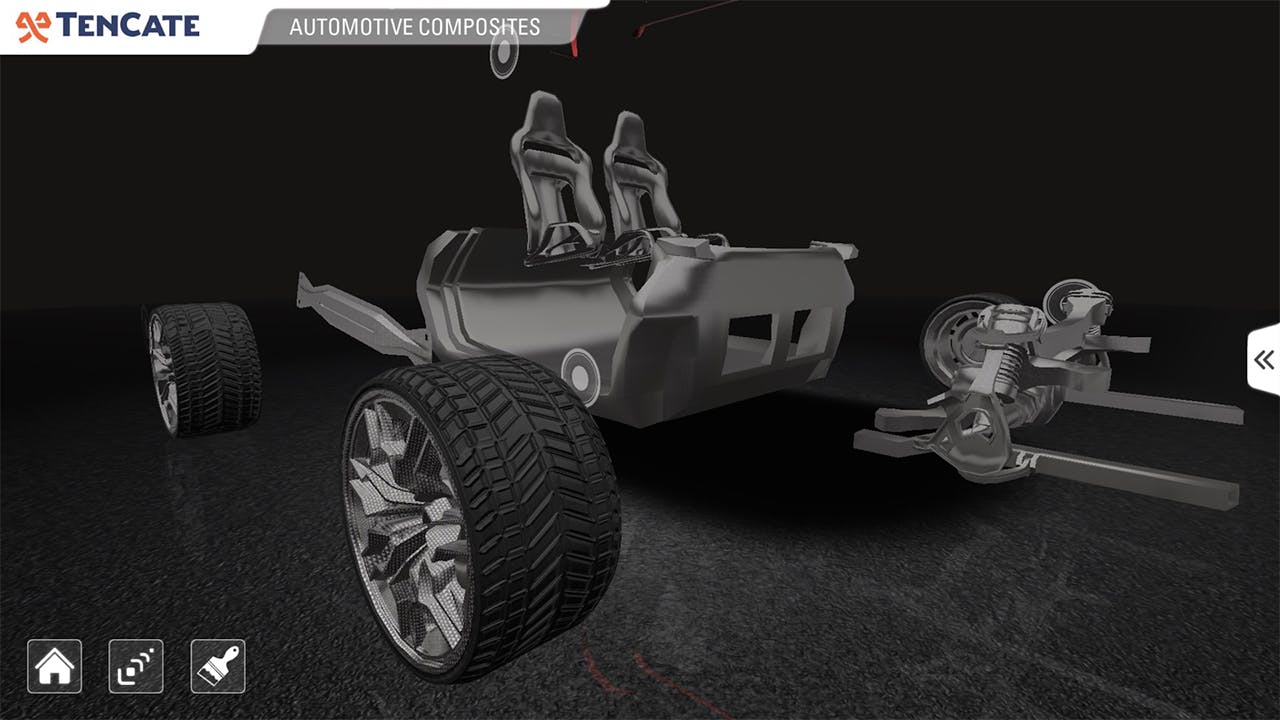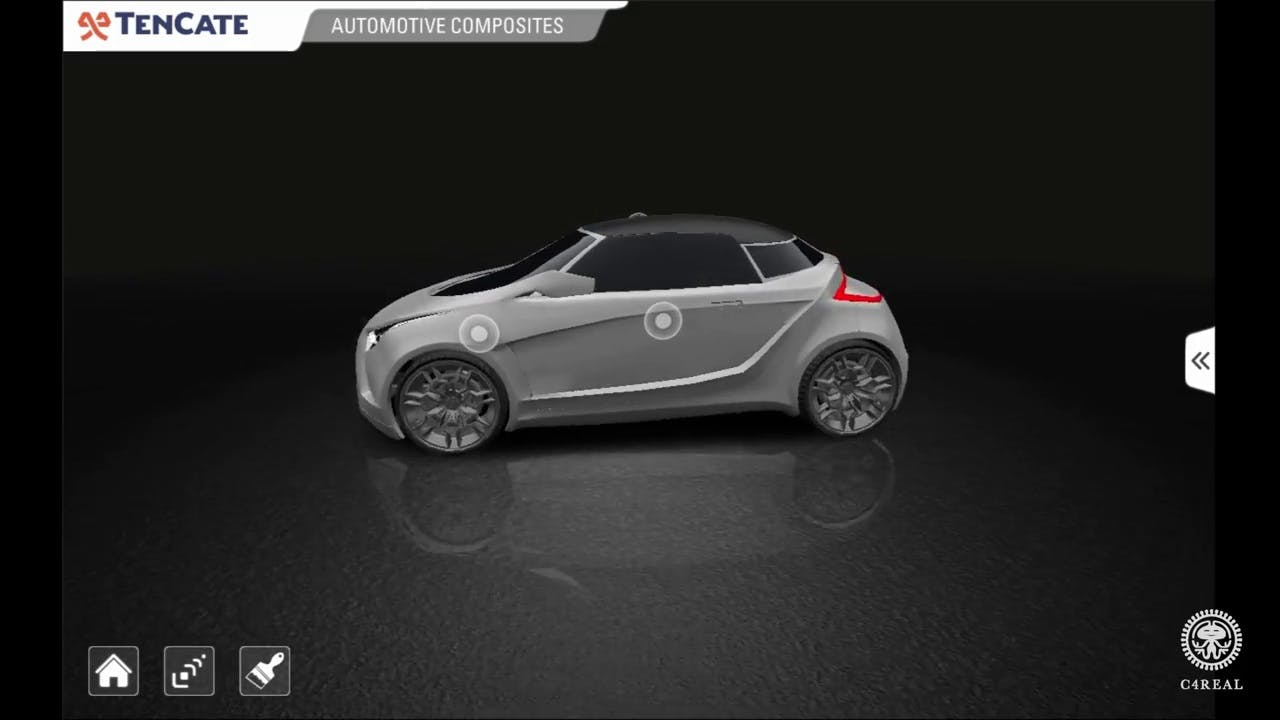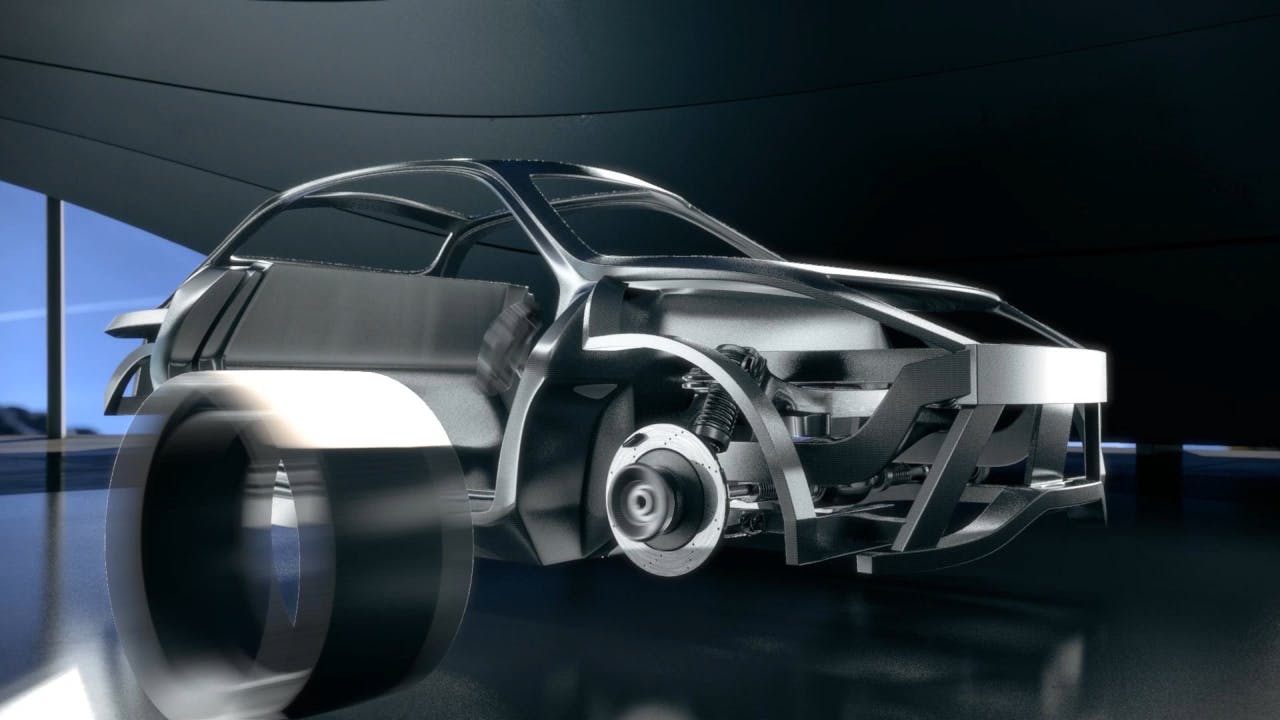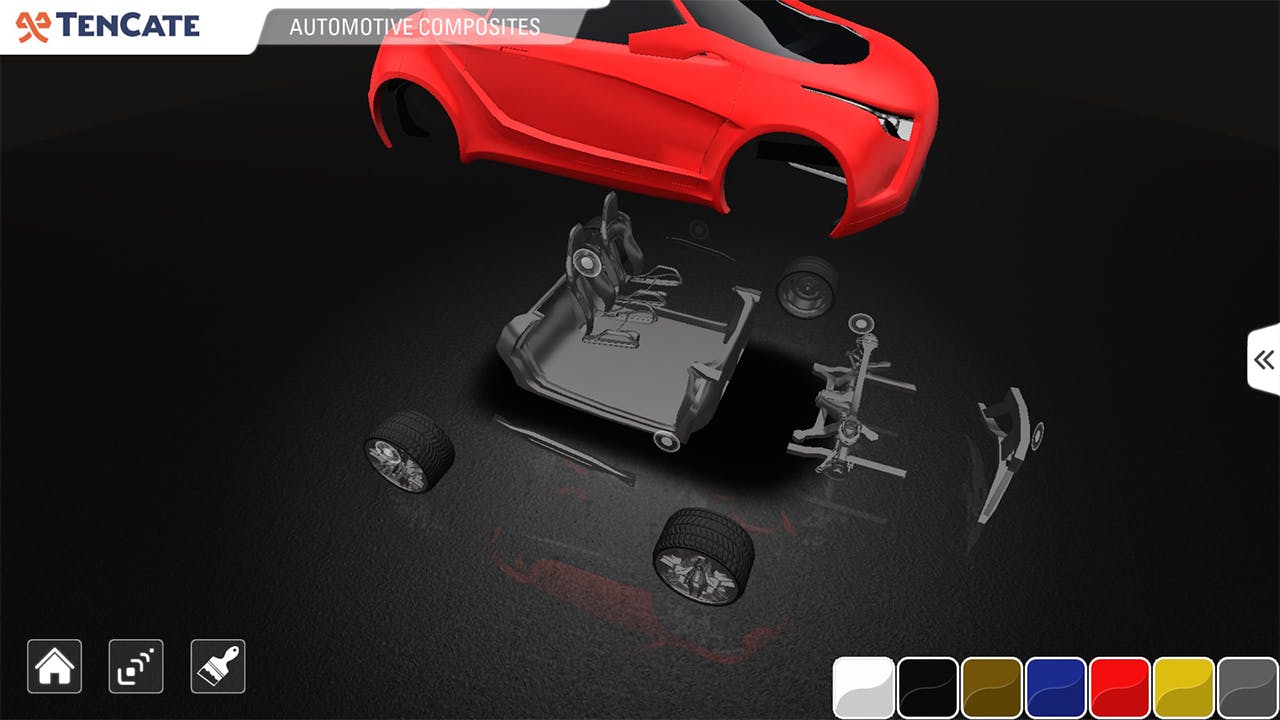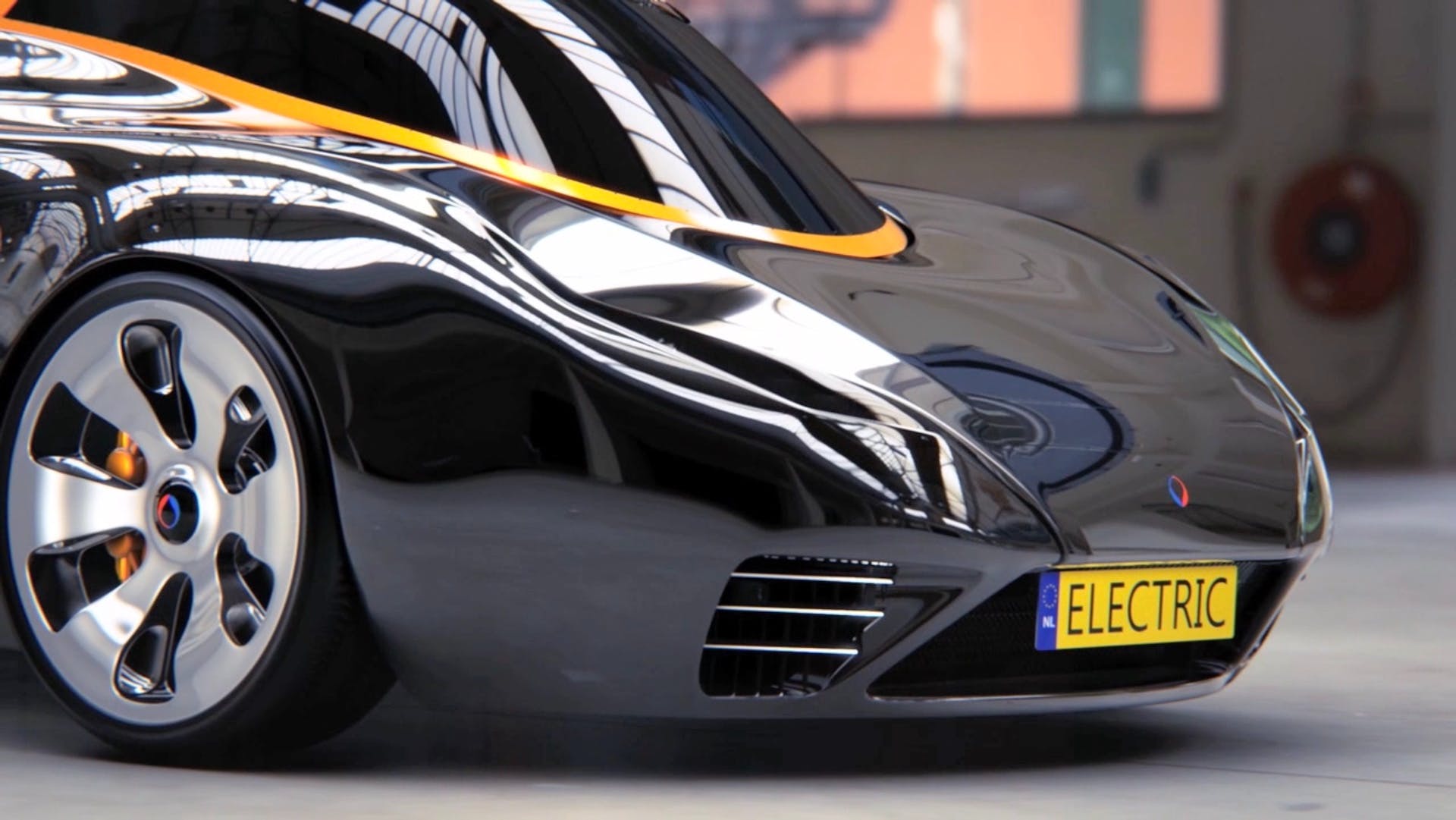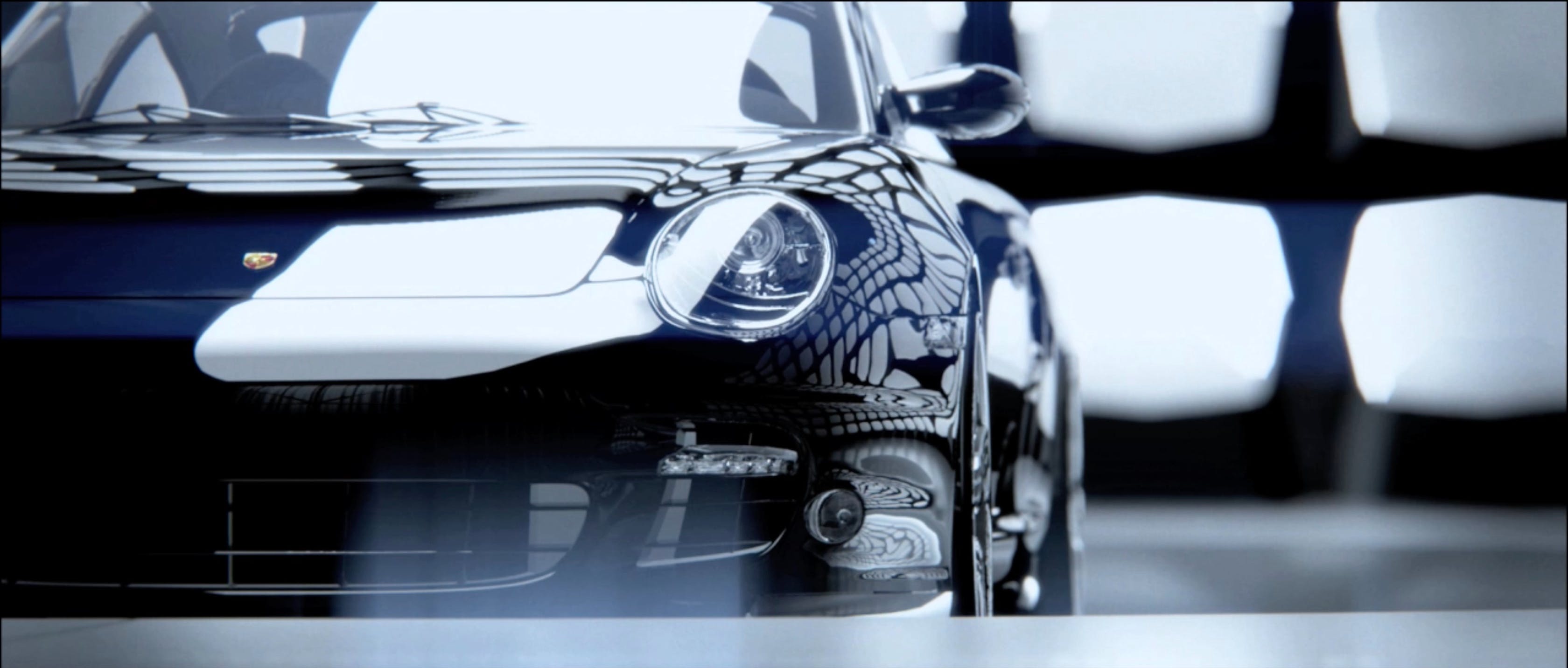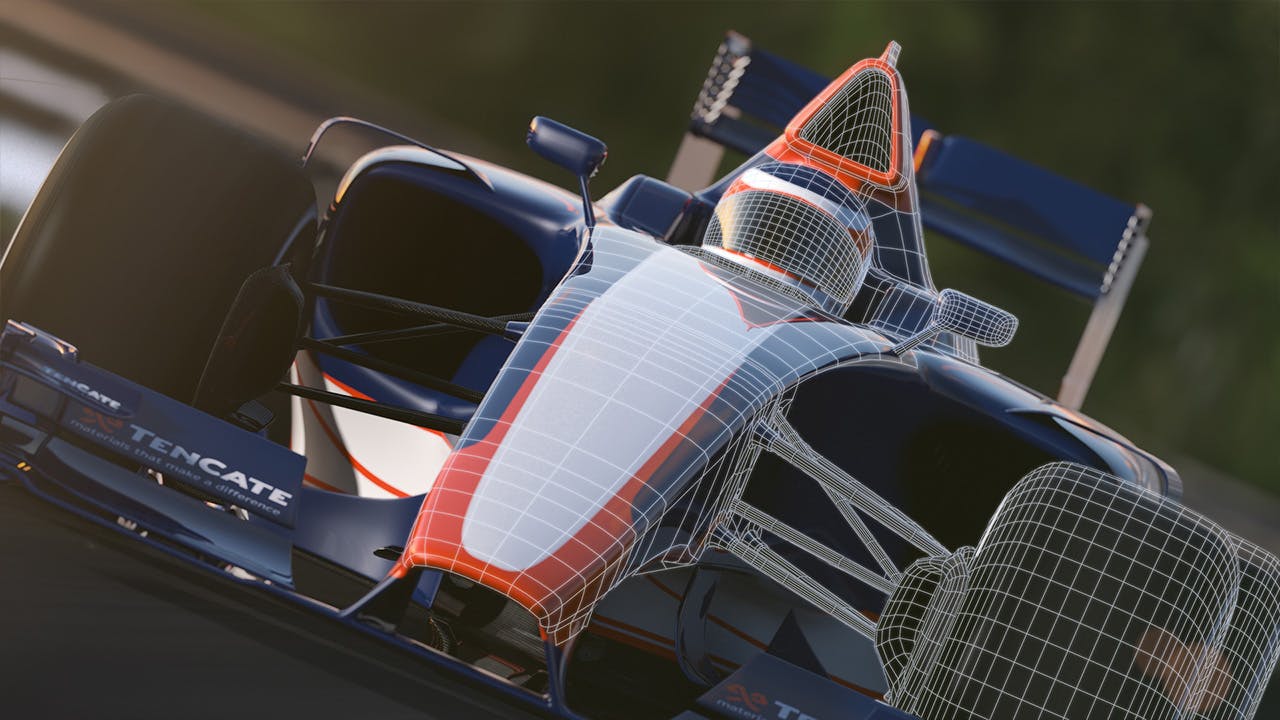3 – Credibility – Although the car will never get onto the production line, from a visual point of view it must look plausible. Technically, the design doesn’t have to be perfect, but the characteristic features and how they integrate with each other have to come across as credible. For example, the position of air intakes, wheels and parting lines. Too short a wheel base will cause the car to become unstable and with incorrectly positioned parting lines, the model will have to be made of plastic, otherwise it would be impossible to construct.
4 – Plausible shapes – Before filling in the details, I make sketches of the car from as many possible angles. It’s important, because if I skip this stage of the process it may cause bigger problems further down the line. An oblique view of the car from the front adding adequate perspective may give the car a sleek appearance, but does not tell you anything about the design of the car’s rear. When the car is visualised in 3D, all its shapes have to blend in with each other.
